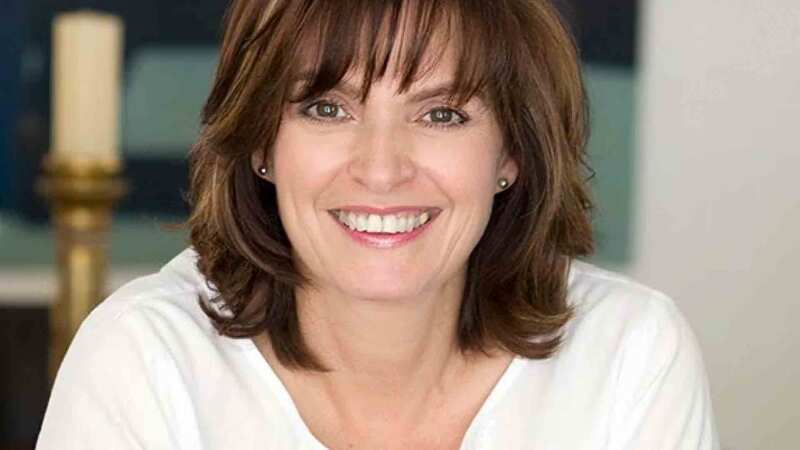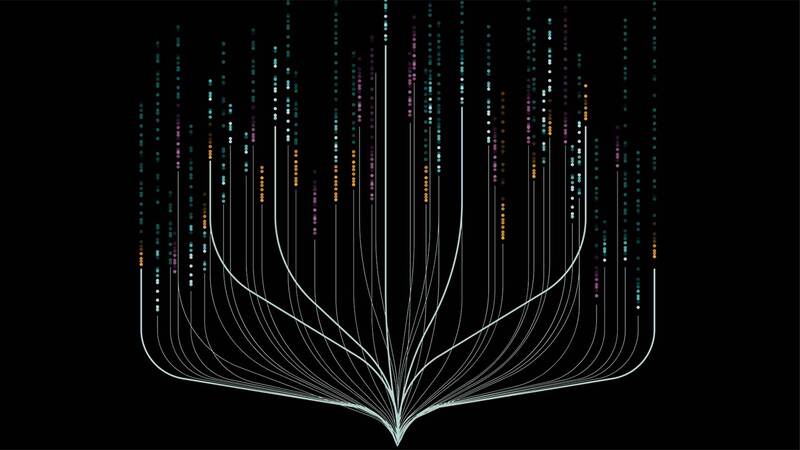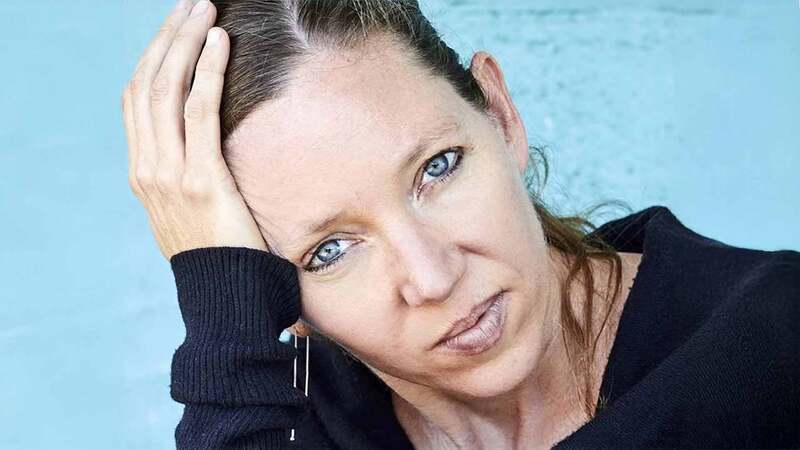You are viewing your 1 free article this month. Login to read more articles.
Kate Cann's Fearful Fascination
Firstly, can you tell us a bit of how Witch Crag came to be – what sparked it off?
A Polish friend told me that, during the witch hunts that swept through Europe in the 17th century, a stark mountain in Poland became a place of refuge. Women accused of witchcraft would flee to it to escape persecution, and then of course the mountain became a place of terror in the popular mind, because “witches” lived there. I loved that circular movement – and the thought that women fleeing to it would have to be brave, because they’d be scared of “witches” too. Until they arrived.
On your website you mention that when you were a child you wanted to be a witch – why was that, and what made you want to write about witches now?
Witches was my absolute favourite game as a child. I loved making up spells, writing them out in an old spell book I had, and dressing up in black rags and riding on broomsticks. A feminist friend of mine said she thought that was very healthy for a little girl in the 1960s – female power! I just loved the “otherness” of it, the escape from everyday. There weren’t too many books about witches back then but I’d hunt them down. I’ve always wanted to write a book about witches, too, but of course the “hags” from the crag aren’t conventional witches. They’re women with extra-sensory powers; they’re free-thinking and very brave and if you threaten them – they bite back.
You have said in the past that you aren’t keen on the recent portrayal of witches as “cuddly”. What do you mean?
I’m not sure “cuddly” was the right word! I suppose by “cuddly” I mean they live lives like ordinary people and then do magic – wham bam – like switching on an electric current. And sometimes they go to school, which I’m dead against – witches are wild, anarchic forces of nature, they’re scary, they don’t sit behind desks! I wanted to show witchcraft as a kind of superior extra sense, and that it takes work, it takes effort. Anger is a significant part of Witch Crag, too – anger that can transform into a force for good.
Do you enjoy building alternative worlds – and how do you go about it?
Witch Crag is the first book I've really created an alternative world for. I knew I wanted three different places – the hill fort, the rotting city, and the crag. I loved creating all three, but I got a bit bogged down in the geography – I ended up drawing a map to make sure it all made sense.
Why do you think that dystopian fiction is currently so popular with young people? What do you think sets your story apart from the other dystopian narratives out there?
I think youngsters are looking at the world and thinking the old have made a hell of a mess of it. I think most people recognise that we can’t go on as we are, gobbling up our limited resources. And there’s a fearful fascination with – what would we do, if everything stopped? If electricity and water and public transport stopped flowing, and anarchy spread? How would we organise ourselves to survive? They say we’re just five missing meals away from total chaos.
When I was planning my dystopian novel Witch Crag, I wasn't interested in depicting people under the brutal yoke of an elite dictatorship. We have that, all too sadly, in the world already. What fascinated me was how we would start again – how a few people left after a cataclysmic disaster would organise themselves. I imagined a tribe where basic survival became their creed, their law, almost their religion – how hard it would be to think outside that rigid box, as Kita does; how hard it would be to grow beyond it.
I think we're fascinated by how well people would do equipped with only the absolute basics of life. And I wanted ultimately to finish on a utopian note, which is perhaps what sets me apart from other narratives. If my characters get it right, their new world will be a better place than this one.
There are many moments of bleakness in the story, but there is also a strong emphasis on friendship and creativity. What positive messages do you hope your readers will gain from reading your book?
I emphasise friendship, creativity, and sexual love. The growing desire and love between Kita and Arc is hugely important in the book – that powerful recognition they have of “the other”, even though at first they seem utterly unsuited. I wanted to show Kita growing in strength, no longer intimidated by Arc – and him opening his mind, recognising the truth she’s trying to tell him. Probably the strongest positive message in the book is that of self-actualisation, though. Kita has to battle and be brave to become who she truly is, able to lead a life that’s right for her.
Your book deals a lot with the power statuses of men and women. Do you think this is important in a YA novel?
A society that promotes an unequal status of the sexes is an inferior, limited society – I'm not even going to add “in my opinion”! The witches are feminist and it was very important to me that they treated men as equals. Yes, I think it’s important to get this over in a YA novel – if it's relevant to the plot, of course.
What’s the best advice you can give to aspiring writers for children and young people?
I'm pretty sure that C.S. Lewis said he wrote the Narnia books because they were the kind of books he would have loved to read as a child. I reckon that’s one of the best bits of advice around! Write what excites you, that you feel passionately about – then you’ll excite other people. Don’t be fooled that it’s easier to write for the young than adults – teenagers especially are the sternest critics. And don’t forget the nuts and bolts of writing. Be clear and vibrant and edit, edit, and edit – every word must earn its place.
Can you tell us a bit about what you're working on next?
Blurb! Seriously. While I'm waiting to see if I get a new book contract, I'm having huge fun helping write the blurb for my daughter’s new online company, www.weddinginateacup.com. It's full of gorgeous creative ideas for weddings away from the mainstream and I love it. I never thought I’d get so excited about candle bags and ribbon and little slate hearts.
Thank you for the questions, they were great!
Witch Crag by Kate Cann is published by Scholastic. Read the review here.















